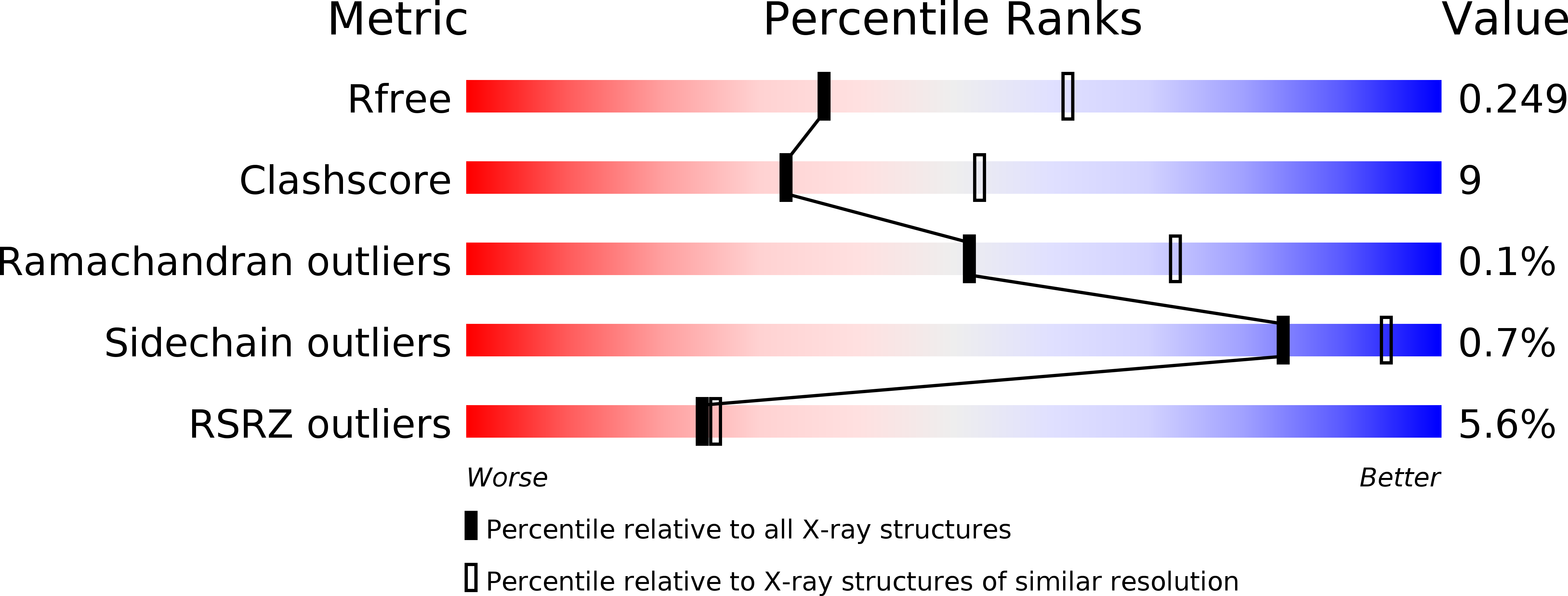
Deposition Date
2013-02-25
Release Date
2013-04-24
Last Version Date
2024-11-06
Entry Detail
PDB ID:
4JDR
Keywords:
Title:
Dihydrolipoamide dehydrogenase of pyruvate dehydrogenase from escherichia coli
Biological Source:
Source Organism:
Escherichia coli (Taxon ID: 562)
Host Organism:
Method Details:
Experimental Method:
Resolution:
2.50 Å
R-Value Free:
0.25
R-Value Work:
0.21
R-Value Observed:
0.21
Space Group:
I 4 2 2


